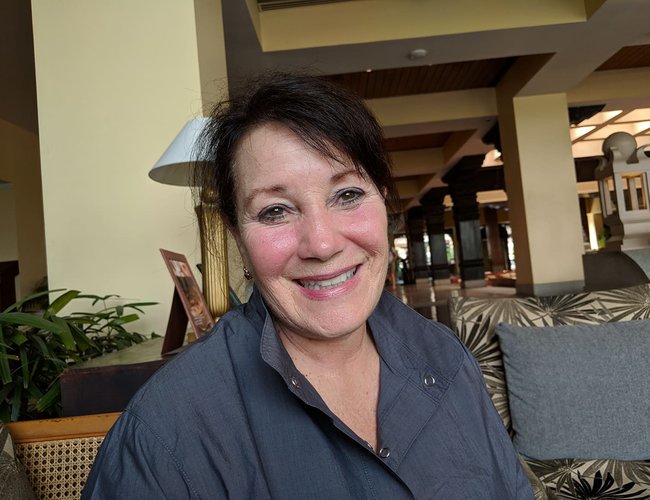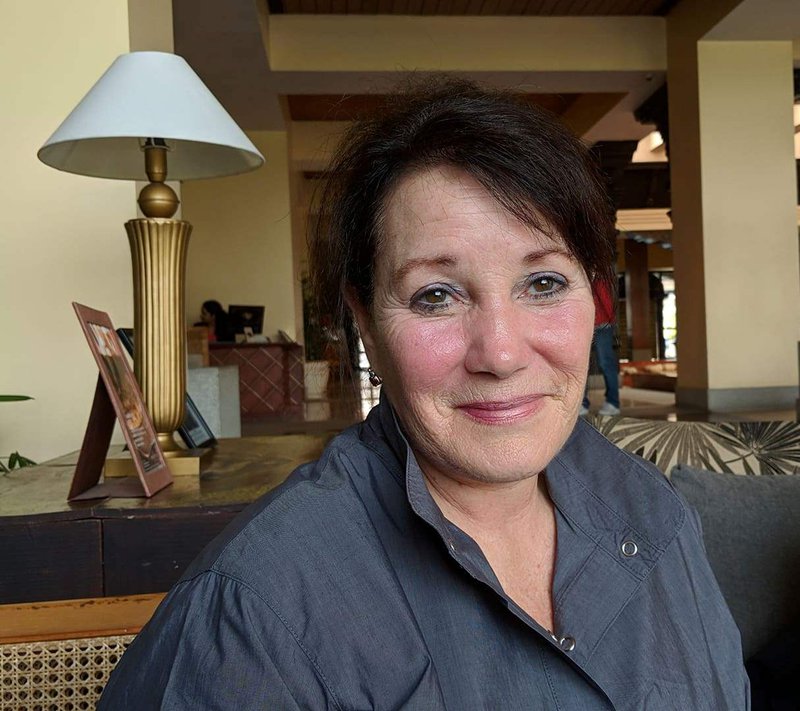
How do you say your organization is different?
Our’s is a only organizations to have continue to work with government and we don’t create a parallel systems. We do in depth. Our approach is a life cycle approach and continue to do it. Our’s is a whole approach. We trained post natal, pre-natal and set up centers. It is a whole package. From demand side to supply side.
What is the status of OHW in Nepal?
OHW is a registered nongovernmental international organization with over 18 years of experience implementing maternal and neonatal mortality prevention programs in remote rural areas of the world. OHW started implementing its program in Nepal since 2011. The mission of the organization is to save the lives of mothers and newborns worldwide.
When did you start your operation Nepal?
We have started to establish birthing center collaboration with the government where women can go for safe and secure delivery. After we complete our work in Tibet, we came to work in Nepal. We decided to set up a model which call network of safety. If we can create a network around the mother, we can save the life of mother. Within the network, we train family, health workers Female Community Health Workers. We have created birthing center where women can go to give birth in safe environment. If the situation is complicated, the center recommends such case to nearby hospital. We also drove some policy changes at the government level like teaching the nurses how to do family planning methods. We have a lot of experiences on U.S. side that is new to Nepal. We do pilot study and bring new technology here. We have brought the network of safety in Nepal. We have started our work in Baglung and now there is 50 birthing centers. We also started to work in Dolpa. There were no road, no electricity. Now they have 10 birthing centers. All the birthing centers have trained and skilled birth attendance. When we have started our program, maternal new born mortality death was quite high in both the districts. Now, it has significantly reduced.
How your interventions have impacted?
Our programs have reduced the mortality by 50 percent and increased the access by 30 percent in the six years of intervention. After that we have added two more districts Sindhupalchwok and Dhading in 2015. Few weeks after there was earthquake and everything has gone. After earthquake, we set up a birthing tent. We were first medical team to reach in earthquake district in Dhading.
Now, we are working in 14 districts and we are adding every year.
What is the vision of your organization?
Our vision is to improve access to, and utilization of healthcare services to reduce the risk of maternal and neonatal mortality in the most remote, rural areas. We believe that all women and newborns can receive the quality healthcare services they deserve during pregnancy and childbirth, anytime and anyplace. We specialize in areas with the lowest human development indexes, and where other organizations rarely operate due to logistic or environmental difficulties. In these locations, the burden of preventable deaths in women and newborn infants is unacceptably high and urgently calls for an intervention.
What is the Network of Safety?
The Network of Safety is a simple, effective, replicable and sustainable model to reduce preventable deaths related to pregnancy and delivery in remote, rural areas of the world. The OHW model improves the health and wellbeing of vulnerable pregnant women and newborns that may not otherwise have access to medical or public health services due to socio-cultural barriers, limited personal resources, or geographically challenging environments.

How do you reach to community?
Our unique community-based model builds a network of equipped and staffed health facilities, educates and trains local providers and community health volunteers to provide quality maternal child health care and safely attend all deliveries, and successfully empowers local communities to take ownership of projects. The Network of Safety long-term sustainability is based on integration of local resources, collaboration with key religious and political leaders, participation of communities and providers, and respect for cultural norms and practices.
How do you see your programs?
The program aligns itself with governmental priorities, policies and curricula and is endorsed at the national, regional and local level. The Network of Safety includes local political, cultural and religious stakeholders as well as other local organizations (health mothers’ groups, health facility management committee, FCHVs) in both the planning and implementation of the Network of Safety. Instead of establishing a “parallel” health care system, OHW works to strengthen existing governmental healthcare delivery systems and local capacity. We currently working in 13 districts of Nepal and scaling the program in three additional districts in 2019.
How do you start the organization?
I have been working in academic sectors in the last 35 years. I met Dalai Lama in 1997 and he suggested me I would to go to Tibet to help mother. Many children died in the pregnancy. Some women give birth to up to dozen children but half of them died before the age of five. At that time I was working at the University of Utah, we decided to go to Tibet to help them. We went to Lhasa to help them. We worked with local prefecture government. When I started to work in Lhasa, there were few roads and few telephone and electricity. Most of the women giving birth to child share shed with animal and outside. There were a lot of superstitions and reasons why women were delivering that way. We have decided to work with Cultural anthropologist who is very familiar with Nepal and can speak Nepali and Tibetan. She is from Dartmouth.
How do you see the problems?
We collected the fund and started to work in rural communities where women delivered outside and shed. We met families, grandparents to know why they deliver outside. We don’t want to change the culture but what we can do is to change the situation providing save delivery environment. The culture of Tibet is very prevalent in Nepal as well. They hold the view that the blood of child birth is polluting. So they put women outside. The same in Tibet. There is a tradition in Tibet that women should deliver the children outside because the blood of child birth is dirty. We gave them clean glove, razor blade in house in warm. Just a simple intervention changes the state. Stranger should not come during the birth as they believe that stranger can bring hungry ghost or negative energy to cause the death of child. We trained the skilled birth attendance from the village. Dirty knife they changed. All the contaminated things gone. That is how we started. Our’s is a first organization to bring cultural anthropologist to understand how cultural, religious and spiritual thing need to address. Our main aim was to change behavior for access.
How do you see the state of access to care?
Access to care to women is a big problem globally. If there is access care and nobody train or don’t have to skill and medicine to take care, there are high chances of infant and maternal mortality. It can be avoided by 97 to 98 percent. Even in place like Taplejung or Dolpa, it is very difficult to reach center, we trained their families for safe birth.
- Japanese Ambassador Kikuta And DPM Shrestha Shared The Views to Deepen Nepal-Japan Bilateral Relations
- Apr 19, 2024
- India Provides Financial Support To Build A School Building In Darchula
- Apr 19, 2024
- Shalom Club-Nepal Expresses Solidarity With Israel Against Iran-attack
- Apr 19, 2024
- Foreign Secretary Lamsal Urged Bangladeshi To Explore Investment Opportunities In Nepal
- Apr 19, 2024
- Nepal Should Get Compensation For Damaged Caused By Climate Change: Minister Pun
- Apr 19, 2024
















